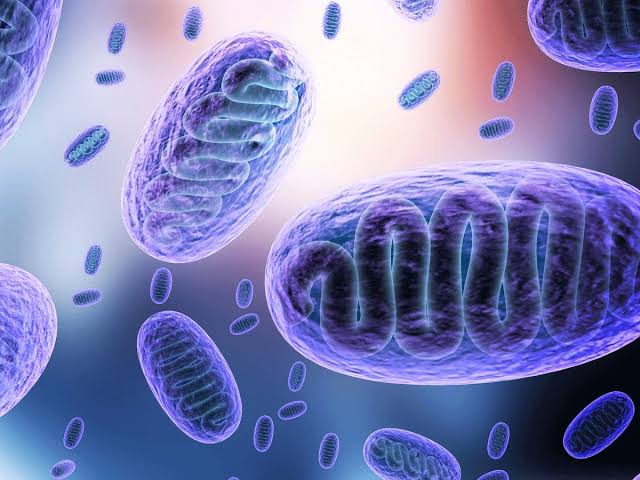Important links:
Copyright © 2020-2025 TuringPod. All rights reserved.
Designed and developed by: Hridayjit Kalita
Mucormycosis (previously called zygomycosis) is a rare fungal infection caused by a group of organisms called mucormycetes. These molds are prevalent everywhere in our environment including soil and moist atmosphere. Normally, they cannot cause much harm to us as we are naturally built up with a robust immune system. However, it can grow in cases where a patient has a questionable immunity, targeting those with uncontrolled blood sugar, patients with comorbidities, and might contaminate unhygienic oxygen concentrators and nasal canulas. It usually presents itself in the form of necrosis and tissue infarction leading to the serious manifestation of diseases involving the nose, sinuses, jaw, palate, lungs, and brain. The lowered immunity of an infected or recovered COVID patient and the indiscriminate use of steroids are supposedly the major cause behind this nightmare amidst the pandemic. [Here].
How much of a concern is black fungus/how common is black fungus amongst us?
With an overall mortality rate of 50%, [Here] the black fungus is thought to be triggered by long periods of hospitalization, excessive and untimely use of steroids in patients with uncontrolled diabetes, contaminated oxygen administration, and not the following post-follow-up recommendations after recovery. The lowered immunity and high sugar levels in COVID recovered patients act as a deadly combo and creates a desirable atmosphere for the fungus to flourish. Warning signs and symptoms include pain and redness around the eyes along with fever, headache and nasal congestion, blackish discoloration over the bridge of the nose, loosening of teeth with jaw involvement, blurred or double vision with pain overhead. The vulnerable groups including patients with diabetes, cancer, or those who have had an organ transplant, presenting with any of the symptoms after COVID recovery needs to be aware and seek medical help as early as possible. Diagnosis depends on the location of the suspected infection and further testing of the specimen. Additional biopsies and CT scans of lungs and sinuses may also be conducted, according to the severity of the lesion. [Here]

Source: www.timesnownews.com
Linkage between the usage of steroids in covid treatment and black fungus
In layman's terms, when a person gets infected with COVID, the body’s immune system acts in response to the virus and starts targeting the cells. Steroids are given to suppress the body’s overwhelmed immune system. Steroid therapy has been effective in reducing COVID deaths and periods of hospitalization. It is supposed to calm the immune system thereby giving a feeling of well-being. Thus the dosages of steroids are being gradually weaned off and tapered according to the requirement of the patient. The effect of the steroids does last for few months even after a patient is being discharged from the hospital which is why post COVID follow-up is of immense importance. Steroids are considered to push up the sugar level in a diabetic patient and thus creates an atmosphere for the entry and then harboring the fungus. Improvement in the line of treatment can be done by monitoring temperature, oxygen saturation, and blood sugar levels (even in the case of non-diabetic patients).
Why black fungus is more common/prevalent in india?
The COVID pandemic is bringing about a new fear with the rising cases of mucormycosis. The fungus which is not quite a new disease in India is giving us an alarming sign of an increase in the number of cases. The annual prevalence in India increased from 25 cases per year (1990-2007) to 89 cases per year(2013-2015). Interestingly, these cases are increasing these days as a complication of the COVID-19 pandemic. The answer to why the cases are more prevalent in India and not abroad might be the common traits of people to follow self-medication with a flourishing deranged blood sugar level. The prevention lies injudicious use of steroids with hygienic practices and an index of suspicion over the primary symptom.
Treatment/how effective is our treatment protocol
Decoding the efficacy of COVID drugs lies in their judicious and efficacious usage and thereby every drug needs to be taken with caution and not self-prescribed. Doctors are required to carefully monitor the dosage of steroids and taper the dosage as per requirement. Preliminary treatment of black fungus lies in the administration of drugs which includes antifungals. .Amphotericin –B used for black fungus treatment is available in two forms –Conventional (with no underlying kidney disease) and Lysosomal (for kidney patients). This drug destroys the fungal cell membrane. Usually, 4 -6 vials of the formulation are required, per vial costing around Rs3000-Rs7000. The lysosomal form of the drug is the one which the states in India are facing an acute shortage of and which needs to be looked into by the concerned authorities to minimize the triviality of the disease. Treatment for mucormycosis in severe cases is aggressive, which might have implications of various side effects accompanied by surgery or the removal of a part of a body. It requires the involvement of many specialists including ENT surgeons, microbiologists, dental surgeons, internal medicine specialists, neurologists, and eye specialists. In some cases, it may require debridement procedures in the form of removing calluses, which can lead to eventual loss of the upper jaw and sometimes even an eye.
Conclusion
The phenomenon of black fungus post-COVID started reporting last December with the number of cases surging in the recent days. Prevention lies in following the COVID protocols, strict sugar control plus judicious use of steroids. The earlier the case detected the sooner the halt of the disease. The crux of precaution lies in being informed and alarmed and not panic. The only weapon to fighting this disease is prevention and utmost knowledge.
Important links:
Copyright © 2020-2025 TuringPod. All rights reserved.
Designed and developed by: Hridayjit Kalita